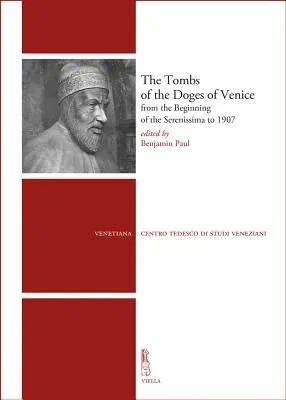The splendor of the tombs of the doges has always amazed visitors of
Venice. Already in 1484, the German pilgrim Felix Faber noted: "Never
have I seen more costly and extravagant tombs. Even the graves of the
popes in Rome cannot compare with these." Indeed, designed by the
greatest artists of the Serenissima, these often gigantic monuments
belong to the most impressive and beautiful in the entire history of
art. This is all the more surprising as the Venetian Republic was
opposed to the cult of personality and the doge officially was only the
primus inter pares, deprived of many privileges usually reserved for
leaders of State. The tombs pursued multiple purposes, however. They not
only commemorated the deceased ruler and facilitated the salvation of
his soul. But they also served the doge's relatives who hoped to profit
from his reputation and, moreover, they propagated the political system
of the Serenissima. The tombs of the doges, thus, were always also
monuments to the State and had to negotiate the tension between private
and public concerns. It is the complex interaction between these
conflicting interests that accounts for the tombs' central role in the
political system of the Serenissima and explains why the monuments are
of greatest importance not only for art historians but also for students
of Venetian history and society in general. This interdisciplinary
collection of essays penned by an international group of historians and
art historians for the first time traces the tombs of the doges from the
beginning of the Republic to long after her demise in 1797. It
investigates the tombs from a variety of new and innovative point of
views, which facilitate a more complex understanding not only of these
monuments but ultimately also of the history of Venice and Italy up
until the beginning of the twentieth century.

